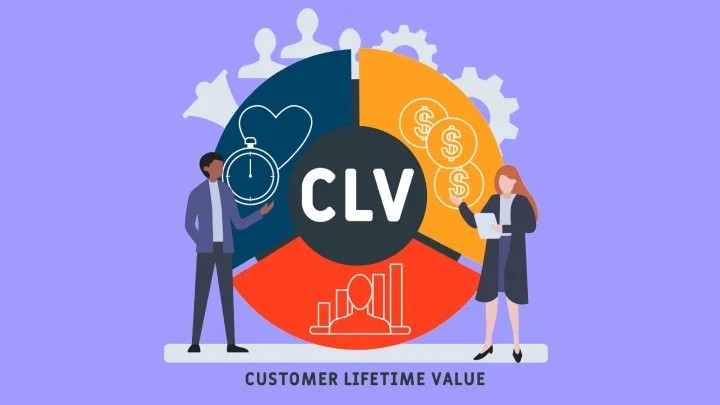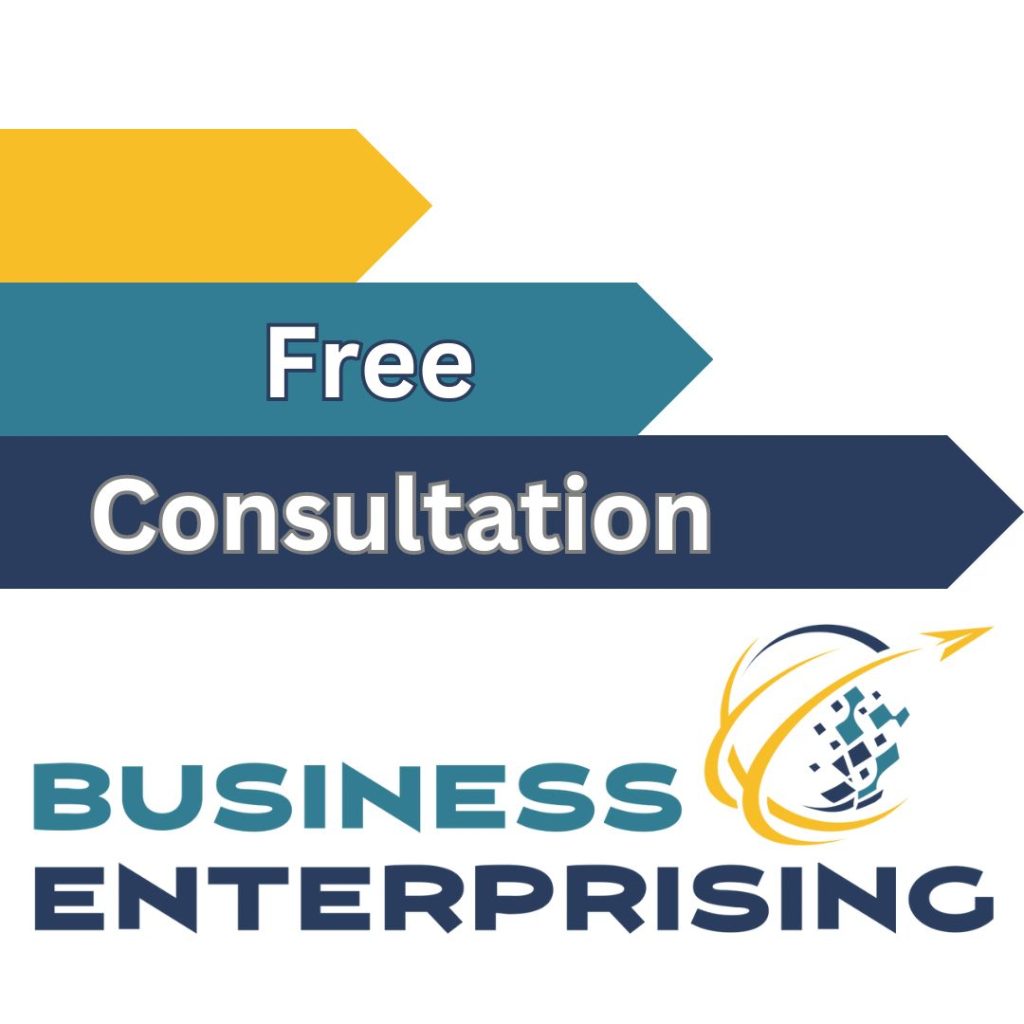Customer Lifetime Value (CLV) is a critical metric that measures the total revenue a business can reasonably expect from a single customer throughout their relationship with the company. This metric is pivotal for understanding the profitability derived from each customer. It’s also good for understanding the long-term stability of customer relationships. By quantifying the economic value a customer brings over time, businesses can tailor their strategies to maximize these relationships.
The importance of CLV extends across various aspects of business operations, influencing strategic decision-making in marketing, sales, and customer service. In marketing, CLV helps allocate resources more effectively by identifying the most profitable customer segments. This insight allows for more targeted and cost-efficient marketing campaigns. In sales, understanding CLV can guide sales teams to focus their efforts on nurturing high-value customers. It also helps with optimizing sales tactics and promotions to enhance customer retention and increase sales.
Furthermore, in customer service, CLV underscores the importance of maintaining excellent service standards. By investing in high-quality customer service, businesses can increase satisfaction and loyalty. This directly impacts the likelihood of repeat business and referrals, which are key components of a healthy CLV.
Overall, CLV is a cornerstone metric that sheds light on current business profitability. It also guides strategic decisions that shape the future interactions and growth of the company. Recognizing the profound impact of CLV, businesses can forge stronger, more profitable customer relationships that sustain and drive long-term success.
Calculating Customer Lifetime Value
Calculating Customer Lifetime Value (CLV) is essential for businesses to gauge the profitability of their customer relationships over time. The basic
formula for CLV is:
CLV = Average Order Value × Purchase Frequency × Customer Lifespan
To start, calculate the Average Order Value. Do this by dividing the total revenue over a period by the number of purchases in that same period. Next, determine the Purchase Frequency. This is the average number of times a customer makes a purchase within a given timeframe. Finally, estimate the Customer Lifespan, which is the average number of years a customer continues to buy from the business.
For example, if a customer typically spends $50 per order and orders 20 times a year, with an average relationship duration of 10 years, the CLV would be calculated as follows:
CLV = $50 × 20 × 10 = $10,000
This result means that, on average, each customer is worth $10,000 to the business over the course of their relationship.
Variations of the CLV calculation might include discount rates to account for the time value of money. This is especially the case for businesses with long customer lifespans or high upfront acquisition costs. Additionally, segmenting customers based on their behaviors or purchase patterns can provide more precise CLV calculations. This enables more targeted marketing and customer relationship strategies.
Understanding CLV through these calculations helps businesses identify the most valuable customers and tailor their marketing and service efforts to maximize these relationships, ultimately enhancing profitability and sustainability.
Factors Affecting CLV
Several factors play a crucial role in determining Customer Lifetime Value (CLV), significantly influencing how businesses understand and enhance their customer relationships. Key internal factors such as customer satisfaction, retention rates, and purchase frequency directly impact CLV. High customer satisfaction often leads to increased retention rates, as satisfied customers are more likely to remain loyal and continue purchasing. This loyalty, in turn, increases the frequency of purchases, boosting CLV. For instance, a company that consistently meets customer expectations through quality products and excellent service is likely to see a higher average purchase frequency, positively affecting CLV.
External factors also play a pivotal role. Economic conditions, for example, can dramatically influence customer purchasing power and behavior. During economic downturns, even satisfied customers may reduce their spending, thereby lowering their CLV. Conversely, in a booming economy, customers might increase their expenditure, enhancing their overall value to the business.
Competitive dynamics are another critical external factor. The entry of new competitors or changes in market share can force businesses to adjust pricing, promotions, and customer service standards. These changes can either positively or negatively impact CLV, depending on how well the company adapts to market shifts. A business that successfully differentiates itself in a crowded market may improve its CLV by securing a more loyal customer base, while one that fails to compete effectively may see its CLV decline.
Both internal and external factors are integral to shaping CLV. Businesses must continuously monitor these variables and strive to optimize internal practices like customer service while staying agile in response to economic shifts and competitive pressures. This balanced approach helps safeguard and potentially increase the Customer Lifetime Value, ensuring long-term business success.
Strategies to Enhance CLV
Enhancing Customer Lifetime Value (CLV) is essential for businesses aiming to maximize the profitability of their customer relationships. One effective strategy is improving customer service. Exceptional service not only addresses customer needs and resolves issues promptly but also fosters loyalty and encourages repeat business. For example, training customer service teams to handle inquiries and complaints with empathy and efficiency can significantly boost customer satisfaction and, consequently, CLV.
Implementing loyalty programs is another strategic approach to increase CLV. These programs reward repeat customers, encouraging them to continue doing business with a company. Rewards can range from discounts and special offers to exclusive access to new products. This not only incentivizes further purchases but also enhances the perceived value of staying loyal to the brand.
Personalizing marketing efforts can also lead to higher CLV. Tailoring marketing messages and offers based on individual customer data—such as purchase history and preferences—increases the relevance and effectiveness of communications. Personalized emails, for example, typically generate higher engagement rates than generic ones. This targeted approach ensures that customers feel valued, which strengthens their connection to the brand and increases their lifetime value.
Furthermore, technology and data analytics play crucial roles in optimizing customer interactions and increasing CLV. Advanced analytics tools can analyze customer behavior patterns to predict future buying behaviors and identify opportunities for up-selling and cross-selling. Implementing technologies like CRM systems helps businesses manage customer relationships more effectively, ensuring that every interaction adds value and enhances the customer’s experience.
By adopting these strategies and leveraging technology, businesses can significantly enhance their CLV, leading to improved profitability and long-term success.
CLV and its Relationship with Other Key Metrics
Customer Lifetime Value (CLV) is a pivotal metric that interacts closely with other important business indicators such as Customer Acquisition Cost (CAC), Return on Investment (ROI), and churn rate. Understanding the dynamics between these metrics is crucial for strategic planning and optimizing overall business value.
CLV’s relationship with CAC is particularly significant. Businesses strive to ensure that the cost of acquiring a new customer does not surpass the expected revenue that customer will generate over their lifetime. Ideally, a lower CAC in relation to CLV suggests that a company is efficiently acquiring customers who will contribute positively to profitability over time. For instance, a high CLV compared to CAC indicates a healthy return on customer acquisition investments.
Similarly, ROI is enhanced when CLV increases, as this represents greater returns from each customer. Increasing CLV typically means that customers are staying longer and buying more, which directly boosts ROI. Businesses that focus on maximizing CLV often see a better overall ROI, as they are extracting more value from each customer relationship.
Churn rate, or the rate at which customers discontinue their services, is inversely related to CLV. A lower churn rate usually indicates that customers are satisfied and likely to continue their relationship with the company, thereby increasing CLV. Effective strategies to reduce churn, such as improving customer service and offering tailored products, are essential for maintaining a healthy CLV.
Conclusion
Balancing the acquisition of new customers with the retention of existing ones is critical. While attracting new customers is vital for business growth, retaining existing customers usually comes at a lower cost and leads to a higher CLV. Therefore, companies need to invest in both acquisition and retention strategies to optimize their overall business value, ensuring that they not only grow their customer base but also deepen existing relationships for long-term profitability.



